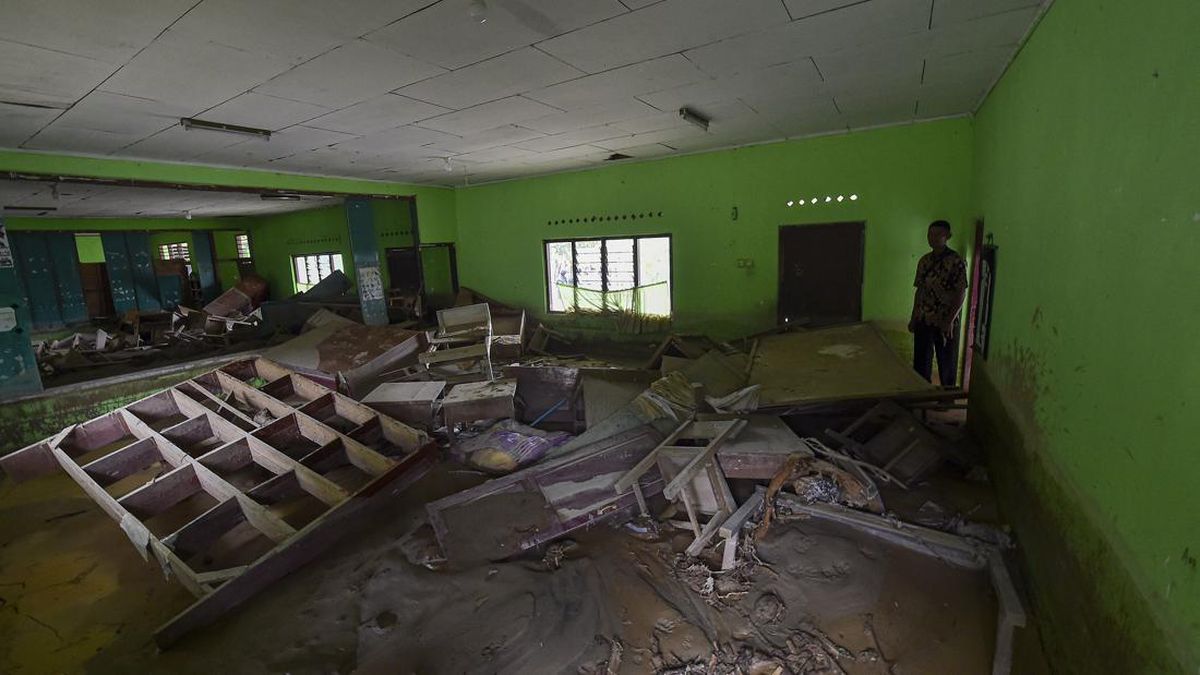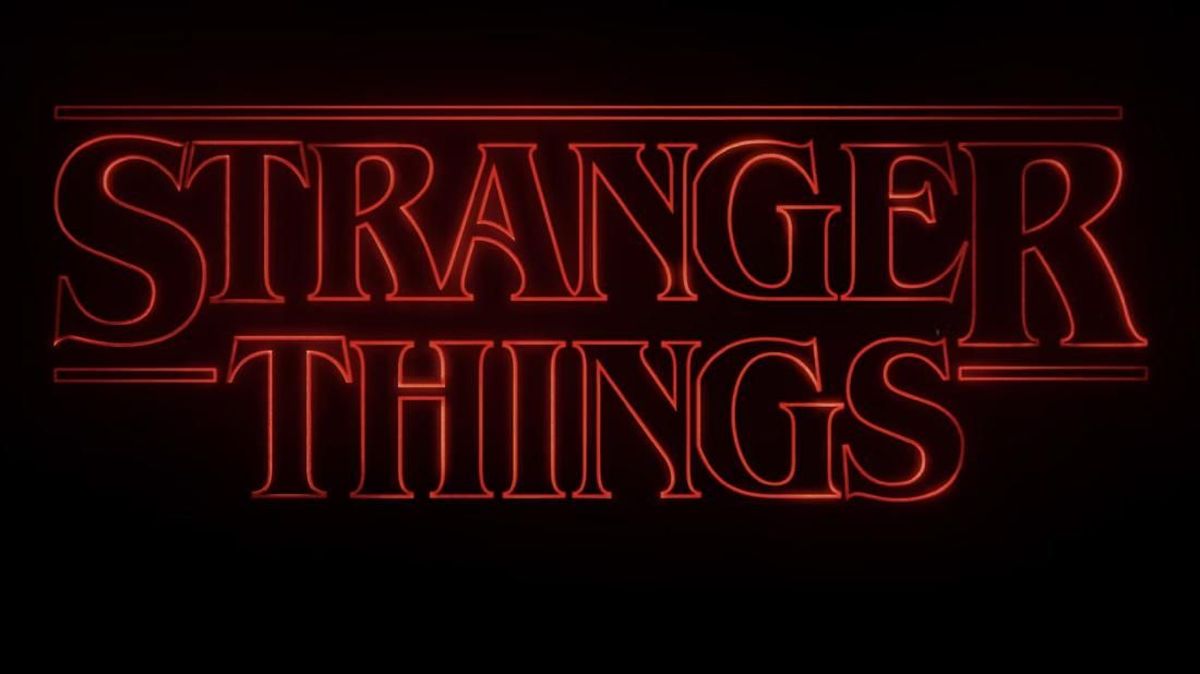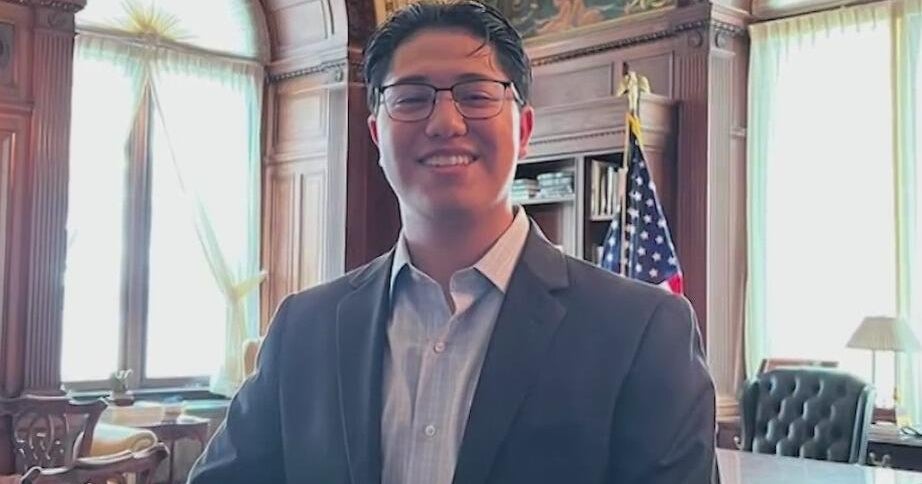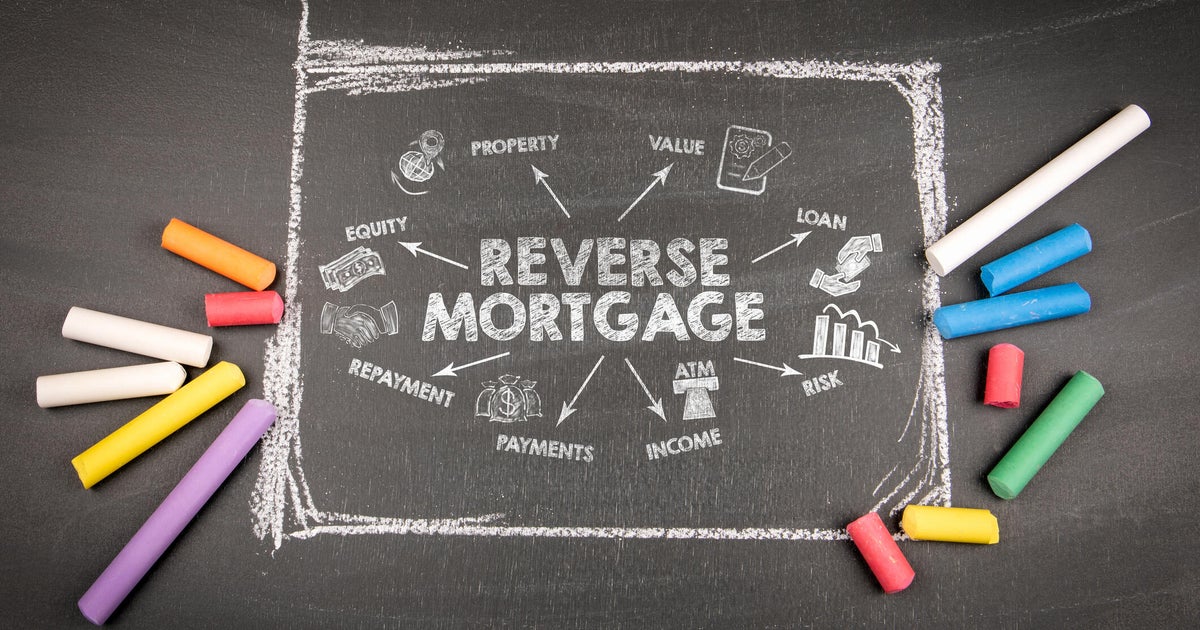By Donna McGeorge
October 24, 2025 — 5.11am
You wake up and your brain is already racing with today’s meetings, unread emails, and half-finished projects. Before you’ve even had your first coffee, your day is already off and running.
But could you be using these hours more effectively? According to research by Michael Smolensky and Lynne Lamberg in The Body Clock Guide to Better Health, the early part of the day holds a unique advantage.

Getting your work done early in the day can be beneficial for your overall routine.Credit:
Most people reach peak alertness around 10AM, with their best coordination and mental clarity following soon after. This natural rhythm creates ideal conditions for focused, high-impact work, yet too often, that precious window is lost to email triage, status meetings and low-value busywork.
In my work with professionals and teams across industries, I see the same pattern: brilliant people using their best hours on the least impactful tasks. Over time, this creates a work rhythm that feels rushed, reactive and exhausting.
Not every hour is created equal. The smartest professionals design their day around four energy zones, matching the task to their natural energy, not the clock.
We inherited a workday full of interruptions, inefficiencies and rituals that made sense in another era.
- Proactive (first 2 hours): Use this time for strategy, problem-solving or creative work. This is when your brain is freshest. Writing a proposal, making a big decision, or designing a roadmap? Do it here.
- Reactive (late morning): Energy dips slightly, so it’s a good window for meetings, collaboration, and feedback. It’s still productive, just more social.
- Active (mid-afternoon): Think admin, updates, inbox cleaning. Tasks that don’t need high-level brainpower but still need attention.
- Preactive (late afternoon): Begin the wind-down: review your day, set up tomorrow, and finish anything that needs to be cleared from your mental desk.
You don’t need to follow this perfectly but by noticing your natural energy flow, you’ll get sharper about where your time actually pays off. This is more of a rhythm as opposed to a set of rules. When you align your work with your energy, you stop burning fuel where it’s wasted and start using it where it counts.
One person I coached blocked out 8am to 10am every day as “thinking time”, No calls, meetings or email, just deep work. Within three weeks, she’d cut decision-making time in half and felt more in control than she had in years.
Shifting how you start your day doesn’t just boost your productivity, it changes how others interact with you. Protecting your mornings sends a clear message: focus matters. Colleagues are more likely to respect your time, and you’re more likely to show up sharp when it counts.
Loading
Some companies I’ve worked with have introduced a simple rule: no internal meetings before 10am. It’s a small shift with outsized impact and employees report feeling less rushed, more in control and far more productive just by having the space to think first. You don’t need a productivity overhaul to make this work. Just start small:
- Delay meetings until 10am whenever possible. Use your morning for meaningful, high-impact tasks.
- Name your top three priorities the night before. Get straight to them in the morning while your focus is strong.
- Unplug for the first hour. That email can wait. Your attention is a limited resource so don’t give it away lightly.
The default day is broken, but you don’t have to be. We inherited a workday full of interruptions, inefficiencies and rituals that made sense in another era. It’s time to stop playing defence and start designing mornings that work with you not against you.
What could your day look like if you protected the first two hours? What would happen if you gave your best thinking the time it actually deserves before your inbox, calendar and colleagues hijack it?
Try it for a week. Cancel one meeting, block out a 90-minute window, create before you consume and see what shifts. The difference between feeling busy and being effective isn’t always more effort, sometimes, it’s just better timing.
Donna McGeorge is the author of Red Brick Thinking (Wiley $32.95, available Nov 10), a bold new call to simplify work by removing what no longer adds value. Learn more at www.donnamcgeorge.com.
Get workplace news, advice and perspectives to help make your job work for you. Sign up for our weekly Thank God it’s Monday newsletter.
Most Viewed in Business
Loading


















































